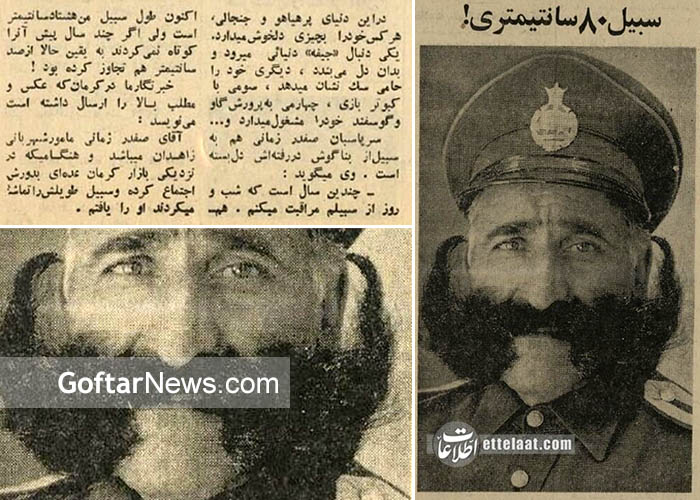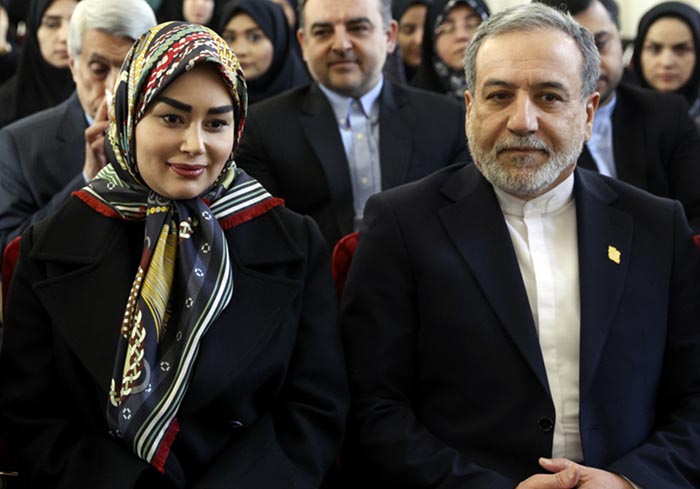The 80-Centimeter Mustache of Constable Safdar Zamani: A Look Back at a Unique Figure
Reception in Media and Society
When the Etelaat newspaper featured Constable Zamani, it wasn’t simply to document an amusing eccentricity. The photograph served as a compelling narrative of authority merging with tradition, exemplifying how media can shape public perception of law enforcement. The portrayal of Zamani likely resonated with many who viewed him as a protector of society.
The article surrounding the photograph provided insights into the challenges faced by law enforcement during the time and illustrated Zamani’s unique methods of policing, which combined respect and intimidation without the need for excessive force. This presented the ideal image of a police officer in a society that was striving for reform while holding onto its traditions.
The Legacy of Chief Constable Safdar Zamani
The story of Constable Zamani transcended the era in which he lived. Even decades later, he is remembered not only for his remarkable mustache but also for his contributions to law enforcement in a challenging time. His ability to command respect without weapons is a lesson in leadership and authority that remains relevant today.
Moreover, today’s dialogues around policing often explore concepts of community engagement, respect, and the human element of law enforcement. Zamani’s legacy embodies these ideals in a historical context, making his story as pertinent now as it was then.
Conclusion
Chief Constable Safdar Zamani serves as a powerful symbol within Iranian history. His remarkable 80-centimeter mustache, coupled with his unique approach to law enforcement, left an indelible mark on the perception of police in Iran. By understanding his contribution to the Zahedan police force, we gain insights into the cultural significance of his appearance and the symbolic weight it carried during a transformative period in Iran’s history.
In a world where characteristics like these can fade into obscurity, the story of Constable Safdar Zamani reminds us to celebrate the peculiarities and traditions that define us as individuals and as a society. If nothing else, his image serves as a timeless reminder of the complex interplay between law, culture, and identity in shaping our collective history.





